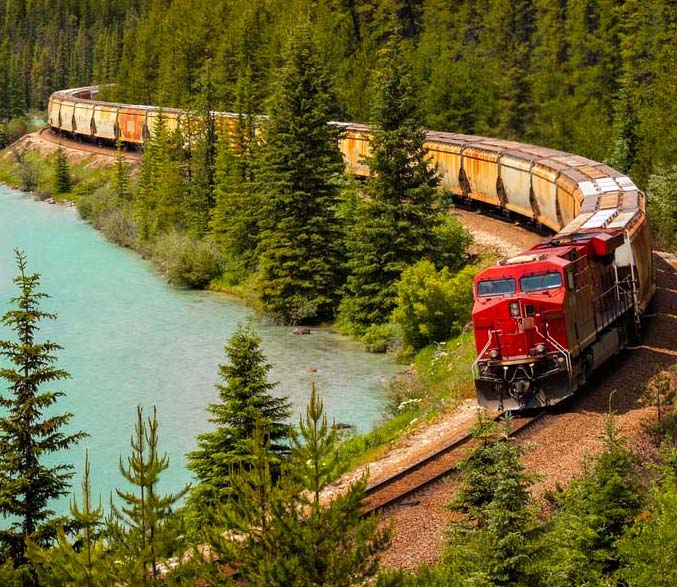Visibility and ESG: The Case for Rail

ESG, or, Environmental, Social, and Governance Criteria: a set of standards that “consider how a company performs as a steward of nature.” Values-conscious investors are increasingly more concerned with whether or not potential investment companies meet these standards, putting pressure on companies to be responsible in all three categories. What constitutes “responsibility” in each category?
Environmental: Increasing conservation and reducing waste/pollution.
Social: Respecting employees, investing time and resources into community endeavors, and working with like-minded companies.
Governance: Transparency with accounting, hiring, and general business practices.
The Environmental aspect of ESG relates, in-part, to reducing CO2 emissions, other air emissions, and environmental disruptors (like vehicle congestion, noise, and building more infrastructure at the public’s expense). Corporations are under continuing and growing pressure to start improving their environmental footprint, and switching from truck to rail is one way to do this.
As you’ll see in this fact sheet from AAR Sustainability, freight railroads are three-four times more efficient than trucks, and moving freight by rail instead of trucks reduces greenhouse gas emissions by up to 75%.
Why, then, is rail not the clear choice for shipping? Rail has historically been unable to provide service that is of sufficient quality to encourage shippers to take advantage of cost savings. There’s a general lack of transparency, visibility, and communication, which results in decreased trust between shippers and the railroad. Shippers lack knowledge about when shipments will be delivered; information on what happens to shipments en route; and the foresight to actively reach out to customers regarding slow-downs. Were shippers afforded increased visibility, they’d be able to inform customers of delays, or supply from alternative routes and sources.
RailState brings this transparency to the rail segment of the supply chain. Today, railroads only supply weekly, railroad system-wide data — which is not in real-time. The data we supply is more comprehensive, in-depth and up-to-date than that currently available from the railroads. Our data will show you how your shipments are moving (if at all); how they’re being prioritized (if at all); and what the overall network status looks like. Our machine learning and predictive analytics will help you plan your routes, based on trends. You’ll have a better idea of what to expect, and will be able to communicate this to your clients. Better planning and customer management means better business.
Shipping while using information from RailState will fill the transparency gap that causes many to choose truck over rail. Transparent shipping that’s ESG-friendly and cost effective? A railroad game-changer.
